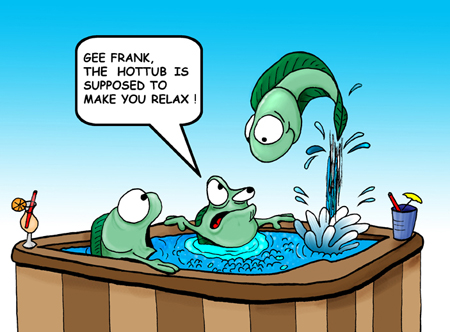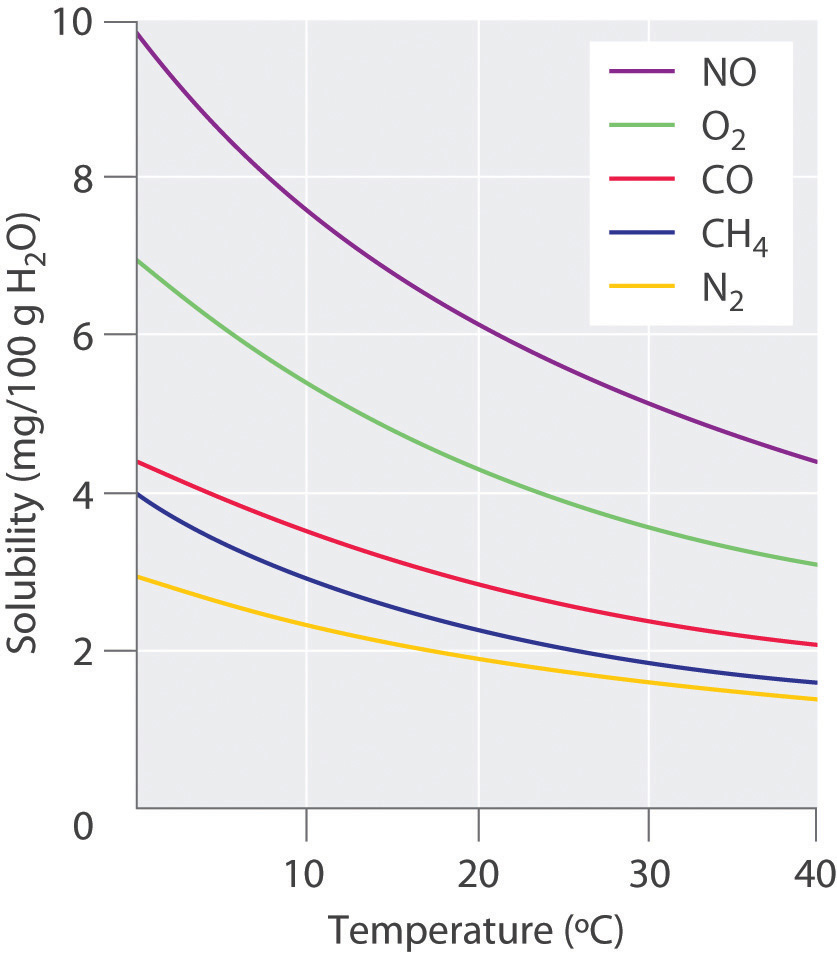Hello Folks!
Remember those days in June and early July when the weather got really wet and cold? In fact, 2020 Jun was one of the coolest Jun in 20 years (Co, 2020). Many of us would appreciate a hot shower in the early morning or even at night after work.
But… the question is, how about the fishes in waterbodies like lakes and rivers? Would they actually prefer the water temperature to be slightly higher when the weather gets a little bit cooler?

Figure 1: Hot Water for Fishes?? (Cartoons – West Chester University, 2020)
You will be surprised to know that they don’t, even as cold-blooded creatures, they very much prefer the water to be as cool as possible.
Water temperature forms an important characteristics of water and the change in the temperature of water unnaturally can have a significant impact on the marine creatures living in it. In fact, today, we will be covering this issue of thermal pollution. Although thermal pollution also involves a drastic fall in temperature of the water, here we are more concerned with the rise of temperature instead.
Sources of Thermal Pollution
The greatest contributor of thermal pollution is those industrial processes that uses cooling towers and heat exchangers. Most of them are power plants where higher-than-normal temperature water are discharged into the surrounding water bodies, after the water has been used to cool the power generator system. As to how hot the water can become, the Potrero Generating Station in San Francisco discharged water to San Francisco Bay approximately by 10 °C above the ambient bay temperature (Acre, 2011).
Effects of Rising Temperature on Water
Apologies for this upcoming rather dry information.

Figure 2: Relationship of Solubility of Gases in Water and Temperature of Water (Effects of Temperature and Pressure on Solubility, 2020)
As you can see in Figure 1, there is a logarithmic decrease in the solubility of most gases as temperature rises. Notably, the rate of decrease is the highest when temperature increases in the range of 10 to 22 °C of water, which is in fact the ambient temperature of most water bodies. Other gases aside, the fall in solubility of fishes would directly lead to a decreased in oxygen dissolved. As you know, fishes and many other marine creatures need this oxygen to live, and less oxygen = dead zone because there’s just not enough oxygen to support life and they die, you know?
Sadly, that’s not the only way of death. When temperature increases, metabolic rate of these marine organisms increases. In short, they get hungry faster but the local ecosystem cannot support the significant increase in food consumption (Arcardia, 2017) . Hence, many species either migrate or stay on but eventually succumb to malnutrition which overall, affects the biodiversity of the local and invaded ecosystem (Clark, 2019).
That said, all these are considered a slow and painful death because it will take a while for the creatures to feel and succumb to the negative effects of a food chain stress and water hypoxia condition.
The most immediate and direct cause of death is thermal shock. Imagine being thrown into a tub of water of extreme temperatures? Feels very uncomfortable isn’t it? In fact, you can die from sudden changes to temperature without going through an acclimitisation process. Likewise for these marine creatures, the sudden increase in temperature of over 10°C can cause immediate death (R. Snyder and H. Blahm, 1971)
While there isn’t much you can do at an individual level in the issue of water thermal pollution, knowing how the temperature of water affects the ecosystem of marine creatures would help you alot in the maintenance of your household pond or aquarium.
References:
1. Co, C., 2020. Singapore Experienced Its Second Coolest June In 20 Years, Wettest In A Decade: Met Service. [online] CNA. Available at: <https://www.channelnewsasia.com/news/singapore/weather-june-2020-coolest-in-20-years-wettest-in-decade-12931872> [Accessed 23 July 2020].
2. Wcupa.edu. 2020. Cartoons – West Chester University. [online] Available at: <https://www.wcupa.edu/sciences-mathematics/biology/fFish/cartoons.aspx> [Accessed 23 July 2020].
3. Acre, J., 2011. It Takes A Village… To Close A Power Plant. [online] SPUR. Available at: <https://www.spur.org/news/2011-01-25/it-takes-village-close-power-plant> [Accessed 23 July 2020].
4. Saylordotorg.github.io. 2020. Effects Of Temperature And Pressure On Solubility. [online] Available at: <https://saylordotorg.github.io/text_general-chemistry-principles-patterns-and-applications-v1.0/s17-04-effects-of-temperature-and-pre.html> [Accessed 23 July 2020].
5. Blog.arcadia.com. 2017. [online] Available at: <https://blog.arcadia.com/causes-effects-thermal-pollution/> [Accessed 23 July 2020].
6. Clark, B., 2019. Thermal Water Pollution From Nuclear Power Plants. [online] Large.stanford.edu. Available at: <http://large.stanford.edu/courses/2019/ph241/clark1/> [Accessed 23 July 2020].
7. R. Snyder, G. and H. Blahm, T., 1971. Effects of Increased Temperature on Cold-Water Organisms. Journal (Water Pollution Control Federation), 43(5), pp.890-899.
Leave a Reply